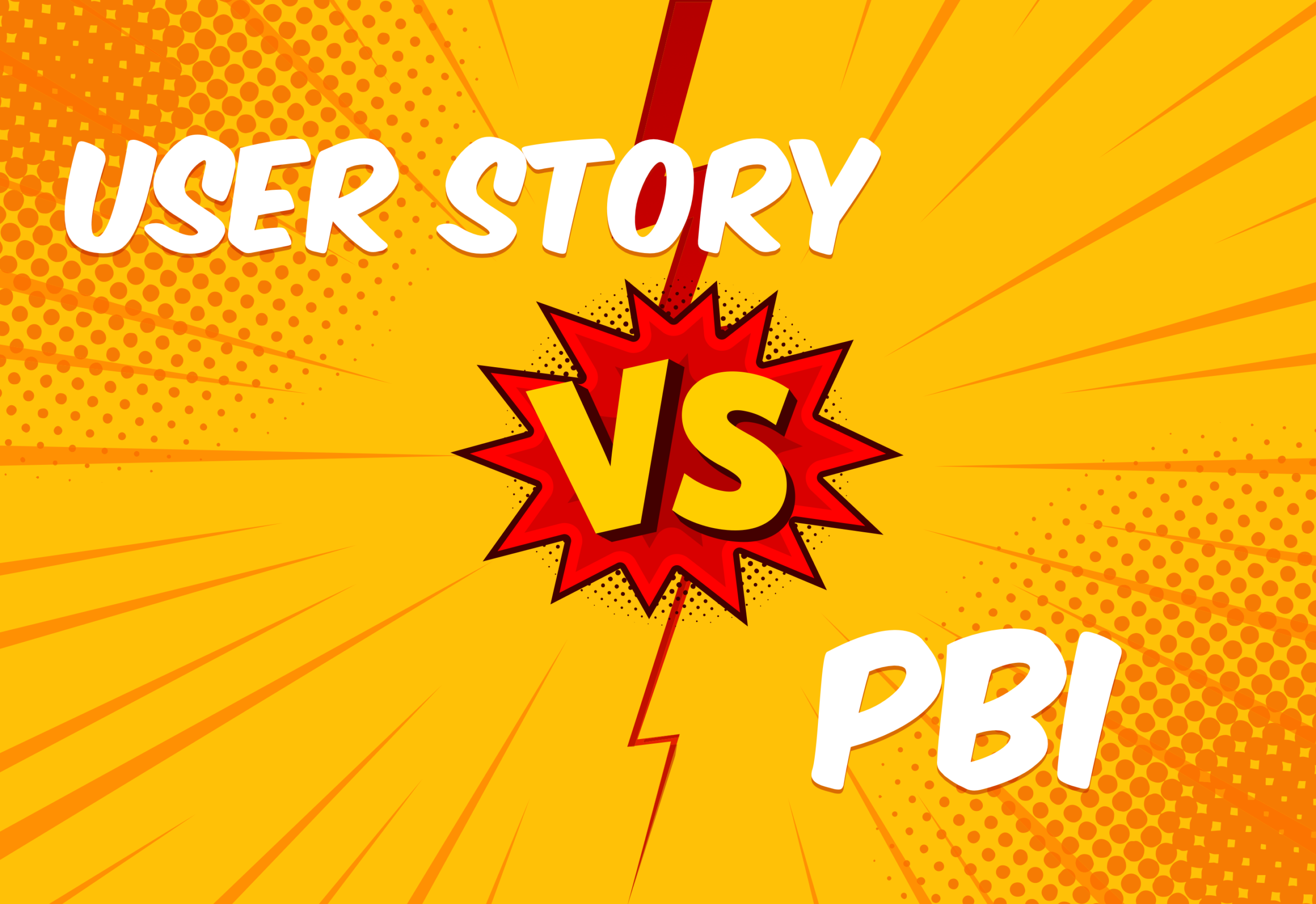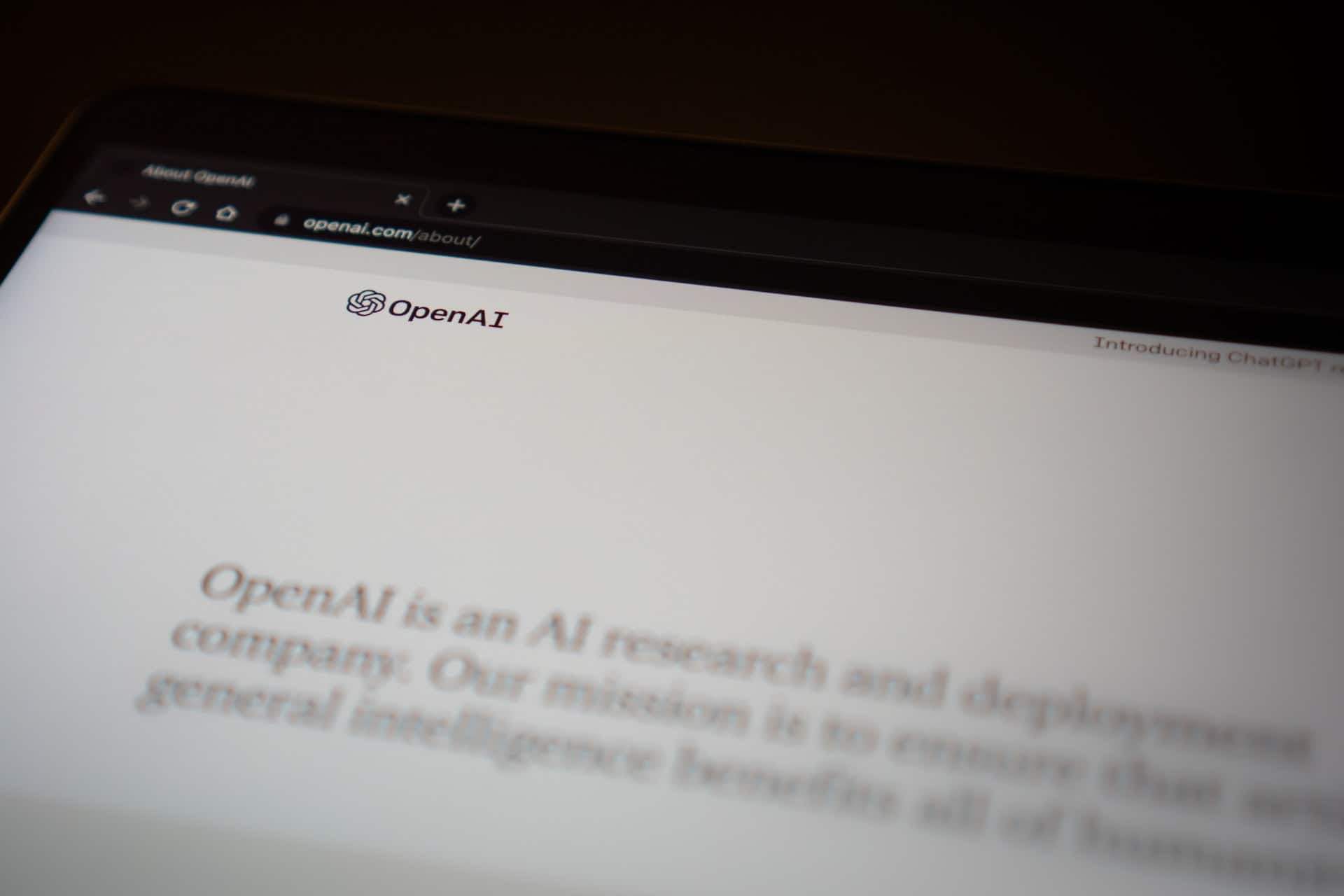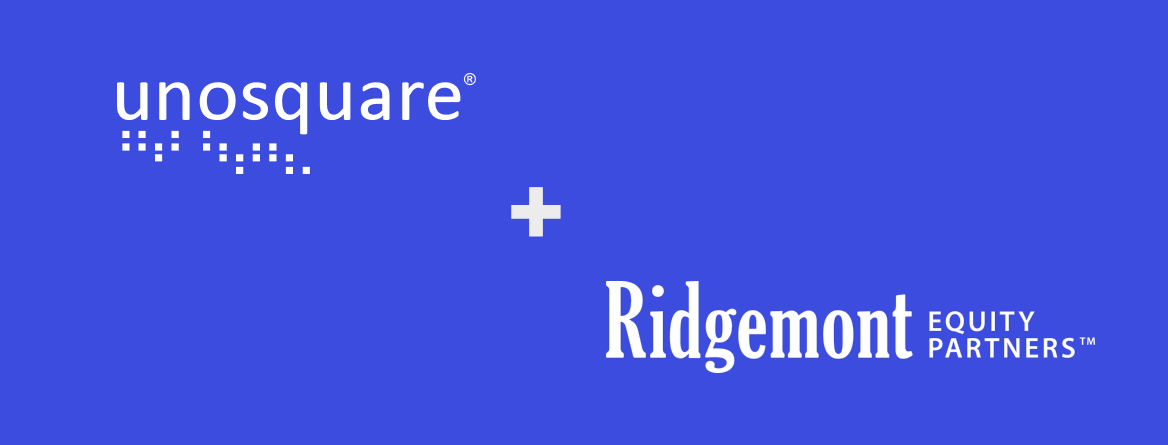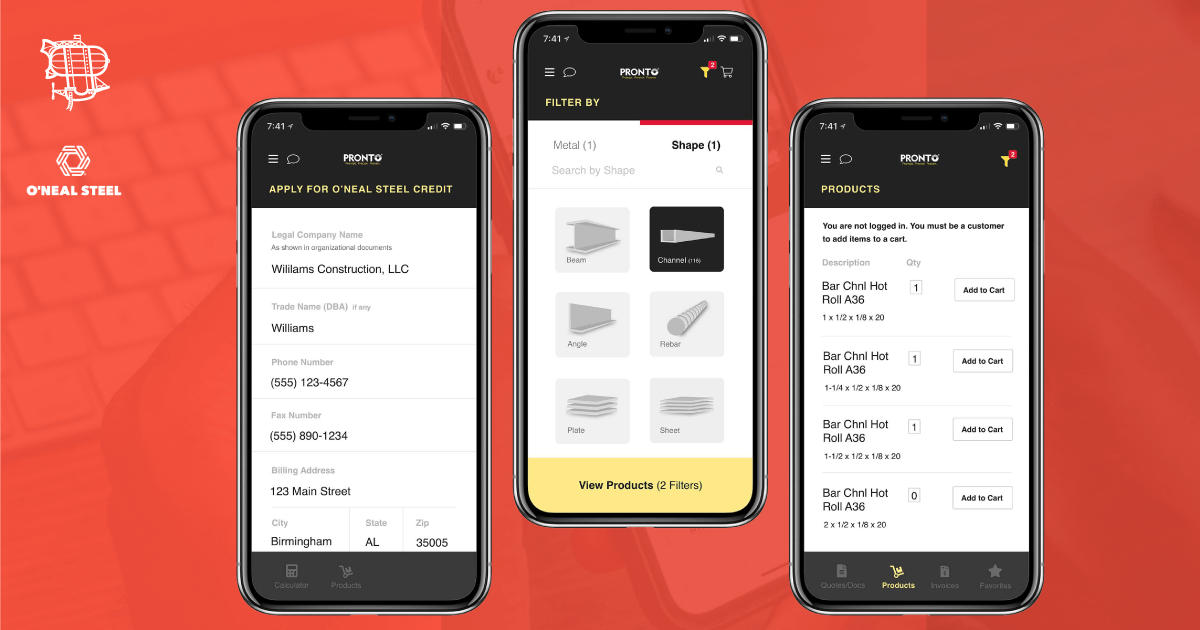The software development process consists of many moving parts. To work on and manage these projects successfully, it’s important to understand each aspect and how they fit together to contribute to the final product. The product backlog and individual PBIs are some of the things that can completely change the experience for the end-user. In this post, we’ll answer the question: what is a product backlog item? We’ll also discuss its role in the development process.
The differences between a product backlog and a standard agile backlog
Before we discuss individual product backlog items, let’s take a closer look at the difference between a standard agile backlog and a product backlog. While they are similar, there is some contrast between them.What is a product backlog?
A product backlog is a list of changes like features or bug fixes that a software developer or development team needs to complete to achieve a specific result. It serves as the foundation for iterations in development. It’s part of the roadmap that developers use to deliver the final product and meet the necessary requirements.What is an agile product backlog?
An agile product backlog is a prioritized list of deliverables that need to be implemented through the development process. There are many factors that determine how PBIs get prioritized in an agile project backlog. These can include the importance of the item for the end-user and development difficulty.PBI vs. User Story
PBIs and user stories serve two different purposes. Next, let’s determine how a PBI is different from a user story.What is a Product Backlog Item (PBI)?
A product backlog item (PBI) is a single element of work in the product backlog. This can include specifications, new feature requests, bugs, or change requirements. Simply put, a PBI is an individual task that needs to be taken care of to improve the project or fix an issue. However, PBIs aren’t necessarily completed in the order that they get added to the backlog.What is a user story?
A user story is similar to a PBI, but it goes beyond a specific change or requirement. It puts the end-user and their experience front and center. It’s the smallest unit of work in agile development, expressed from the user’s perspective. This is a functional increment that’s expected to contribute to the value of the overall product. While this term may make it sound like this is a lengthy way to describe needs and requests, that couldn’t be further from reality. User stories should actually fit together more like a puzzle. You should be able to schedule and plan for each piece. Here is a common formula for writing user stories: As a (user type) I want to (what they want to accomplish) so that I can (the result they want to achieve). For some teams, user stories can actually take a physical form, like sticky notes, throughout the development process. Moving around these notes can become an important part of project planning and scheduling. As PBIs become a higher priority in the product backlog, they are broken down into user stories. This is very common as backlogs get larger and agile teams need to organize the items in the backlog.What you should know when working with your product backlog and PBIs
One important thing to know is that a product backlog is never complete. As requirements change, the backlog will change too. The key is understanding what a good PBI is and how to prioritize those items to increase efficiency and get the best possible results. Beyond that, especially in agile development, your backlog may always be in a state of flux, even after you’ve planned and prioritized items. You have to be flexible. To learn more about the agile software development process, you can read this post.What type of agile management uses PBIs?
While working with prioritized PBIs is common in many different software projects, this especially common in Scrum methodology. First, the team defines backlog items and bugs. From there, you consider the business value, effort, and relevancy for each PBI. Then you can prioritize PBIs for development sprints.Qualifying user stories
You may still be wondering how to figure out what qualifies as a good user story and what PBIs to address first. You can’t just fill your backlog with requests that don’t have any parameters. If you do, you could waste a lot of time and money planning for and working on tasks that don’t actually add value to your project. INVEST is commonly used as a reminder of what characteristics make up a quality user story. Here’s a breakdown: Independent: PBIs should not be dependent on one another. Negotiable: Should leave space for discussion. Valuable: Must deliver value to the stakeholders. Estimable: You should be able to estimate the size and scope of a PBI. Small: The item should be small enough to easily plan and prioritize it. Testable: You should be able to test the results of development. All of these characteristics are important because they can make it easier to determine how certain tasks will fit into your project timeline. It also helps you figure out which items you should address first and which ones are less urgent.Bottom line
While at first glance, PBIs may seem like a small part of the development process, managing them well is critical. Maintaining your product backlog and PBIs is all about refinement and honing in on specific changes. User stories allow teams to focus on what they can do to create the best experience for the end-user. We train our developers, Scrum Masters, QA Experts, and business analysts on the Agile Philosophy of software development. The principles of adaptability and collaboration are the keys to success for the kind of rapid software development produced with our distributed teams. By focusing on communication, feedback, and flexibility, our Agile teams produce working results, frequently focus on highest-priority features, and make continuous, meaningful progress on software projects. To learn more about what Unosquare can do for your organization, check out our blog.


